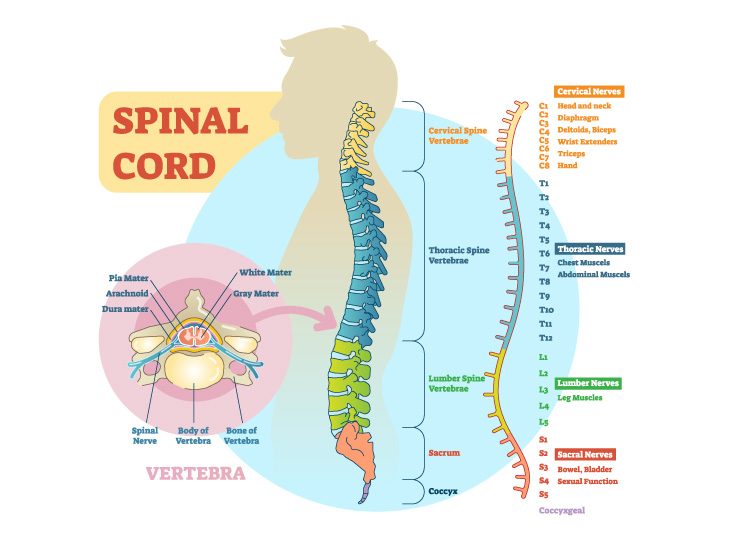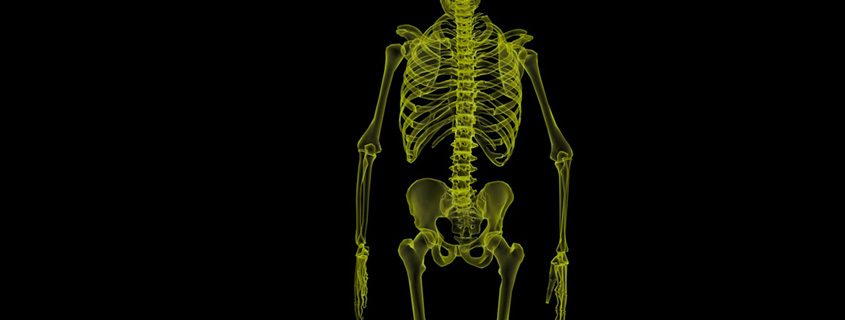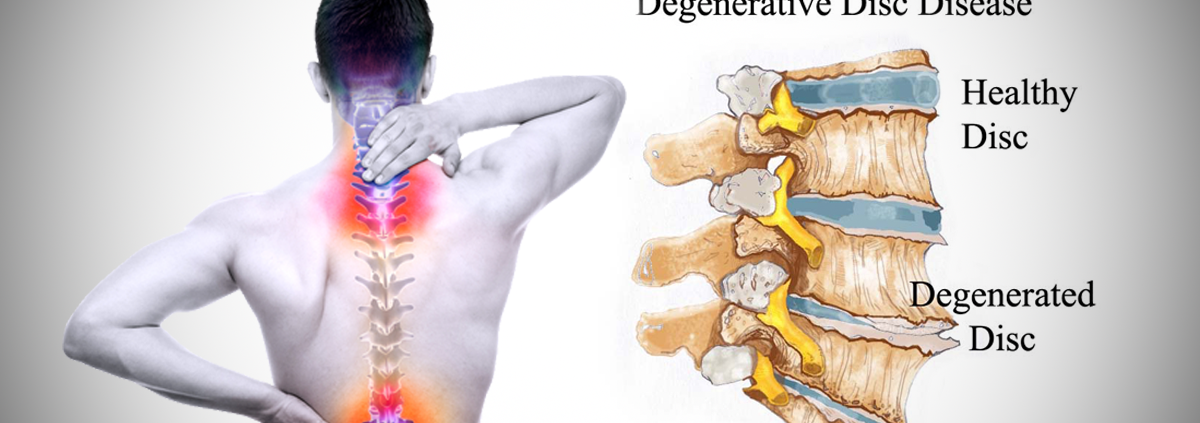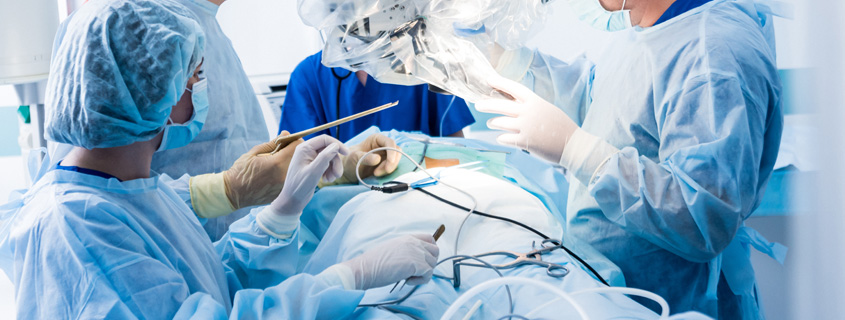When to Turn to Spine Surgery When Nothing Else Will Do
Article featured on Brigham Health Hub
For many years, Diane Daigneau of Woburn, MA, was able to successfully manage her back and neck pain. Through occasional chiropractic treatments and mild pain relief medications, she was able to continue to work and play.
A few years ago, however, she discovered that circumstances can change dramatically, to the point where even the best non-surgical care fails to provide adequate relief. Such was the case during the summer of 2013, when the pain radiating through Diane’s back, neck, and arms had become so debilitating and persistent that no physician was recommending anything other than cervical spine (neck) surgery.
From Manageable to Intolerable
Diane likes making things pretty. More than that, it’s her job.
She often spends several hours hovering over a single piece of furniture while meticulously applying delicate gold or silver leafing, or some other type of elegant exterior. It’s a mentally and physically demanding job, particularly for someone who has struggled with back and neck pain. But Diane’s pain was never so bad that she ever worried about not being able to do her job or any other enjoyable pursuits. That changed suddenly during a family vacation at the end of July 2013.
Diane woke up on the second morning of her vacation with a new kind of pain. “The pain was unbearable,” says Diane. “It was something like I had never experienced before. There was nothing I could do.”
Along with intense pain, she had limited range of motion in her neck and numbness throughout her neck, shoulder, arms, and chest.
She ultimately headed back home for an MRI, which revealed that two herniated (bulging) discs were crushing nerves in her cervical spine.
A Surgical Solution
Through a colleague, Diane was referred to a spine neurosurgeon for a consultation. Based on her condition, the doctor recommended a two-level anterior cervical discectomy (disc removal).
The doctor started the procedure by approaching Diane’s spine through the front of her neck instead of through her back. There are two distinct advantages to this method. The most important is a significantly reduced risk of damaging the spinal cord. The other is less cutting of muscle, which helps to reduce postoperative pain.
Once the affected area of the spine was reached, the doctor completely removed both bulging discs to take the pressure off of the nerves. Next, to maintain the integrity of the spine, he snugly inserted a graft into each area where a disc had been removed.
The carbon fiber cages used for Diane’s surgery are now the standard of care for discectomy and fusion in the doctor’s practice, and a significant advance from the combined use of grafts (natural or synthetic) and titanium plates. A multi-center study, in which the doctor participated, demonstrated that using a carbon fiber cage alone provides the same strength and functionality as provided by a graft and titanium plate. However, the comparative simplicity of the carbon fiber cage – less material, fewer parts – decreases operation time, reduces the impact on surrounding tissue, and minimizes manipulation of the esophagus.
No Surprises
Diane admits that her recovery hasn’t been easy, but neither has it been a surprise. “I knew all along, step by step, how things were going to be for me,” she explains. “It’s not fun, but at least you’re feeling confident that things are going in the right direction.”
The doctor is similarly confident about the progress of Diane’s recovery. He told Diane that the carbon cages and fused vertebrae eventually will make her neck so strong and stable, as strong as it was before, that she could participate in extreme sports within a year.
Although she finds that claim to be reassuring, Diane doesn’t plan on jumping out of any airplanes in the near future. She’s quite happy to simply be walking, jogging, working – or waking up – without the fear of back and neck pain.
The Orthopedic & Sports Medicine Center of Oregon is an award-winning, board-certified orthopedic group located in downtown Portland Oregon. We utilize both surgical and nonsurgical means to treat musculoskeletal trauma, spine diseases, sports injuries, degenerative diseases, infections, tumors and congenital disorders.
Our mission is to return our patients back to pain-free mobility and full strength as quickly and painlessly as possible using both surgical and non-surgical orthopedic procedures.
Our expert physicians provide leading-edge, comprehensive care in the diagnosis and treatment of orthopedic conditions, including total joint replacement and sports medicine. We apply the latest state-of-the-art techniques in order to return our patients to their active lifestyle.
If you’re looking for compassionate, expert orthopedic surgeons in Portland Oregon, contact OSM today.
Phone:
503-224-8399
Address
1515 NW 18th Ave, 3rd Floor
Portland, OR 97209
Hours
Monday–Friday
8:00am – 4:30pm

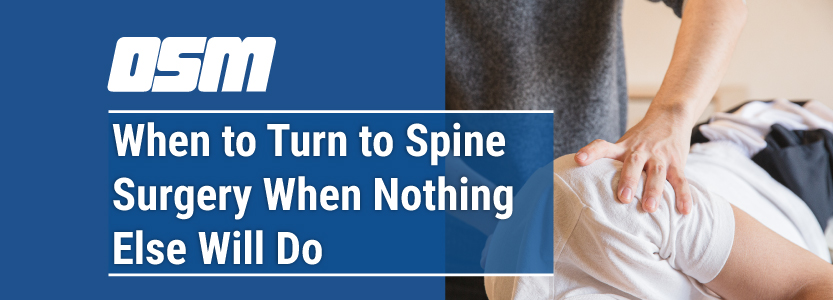
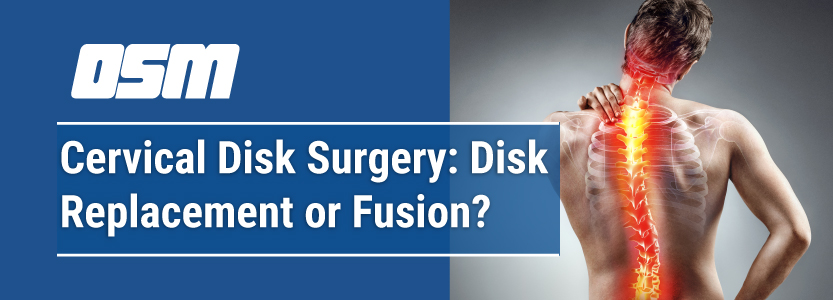
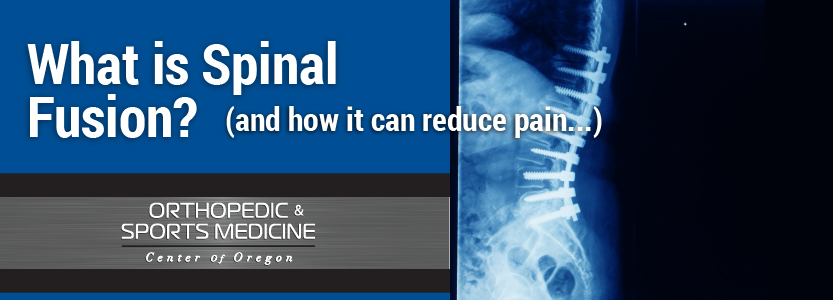
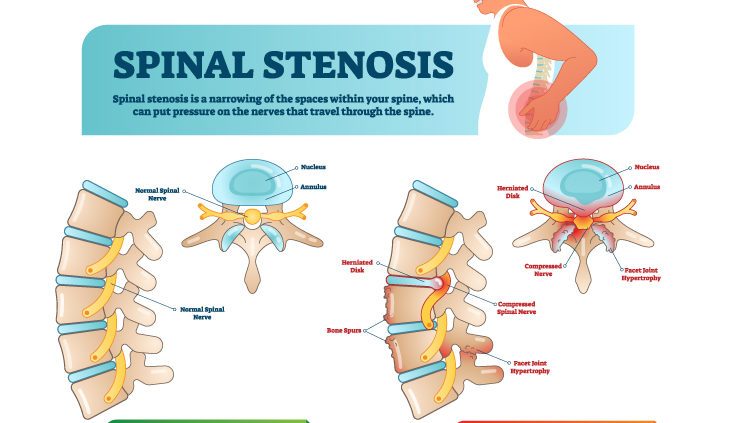
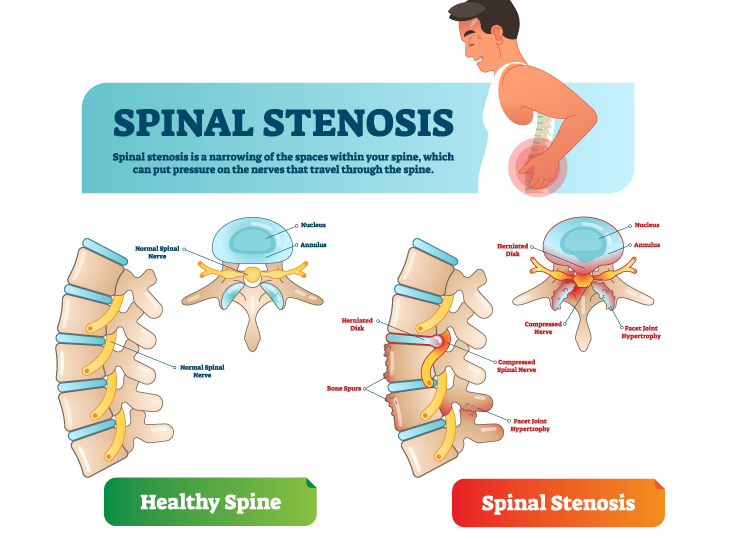 From
From 